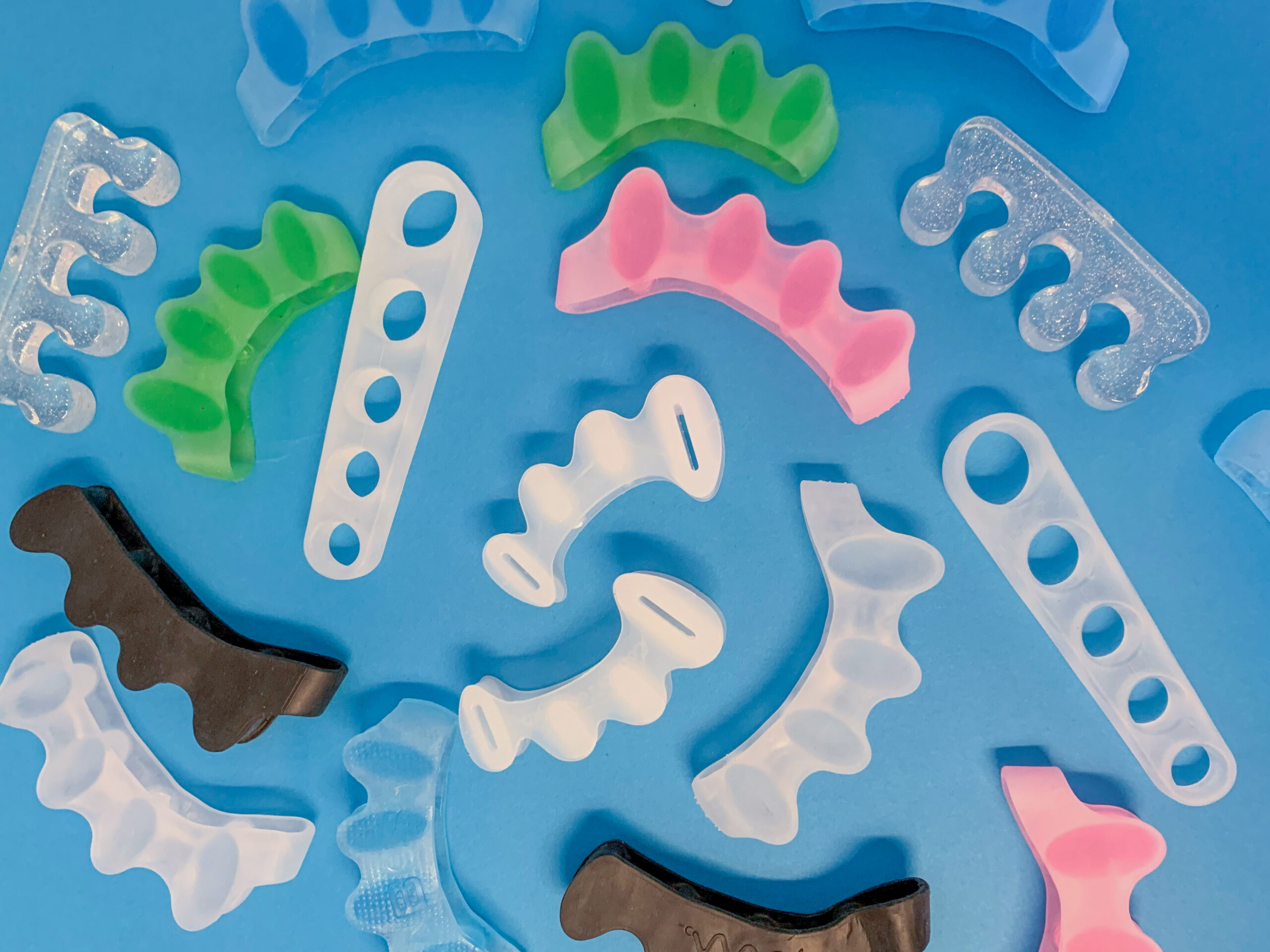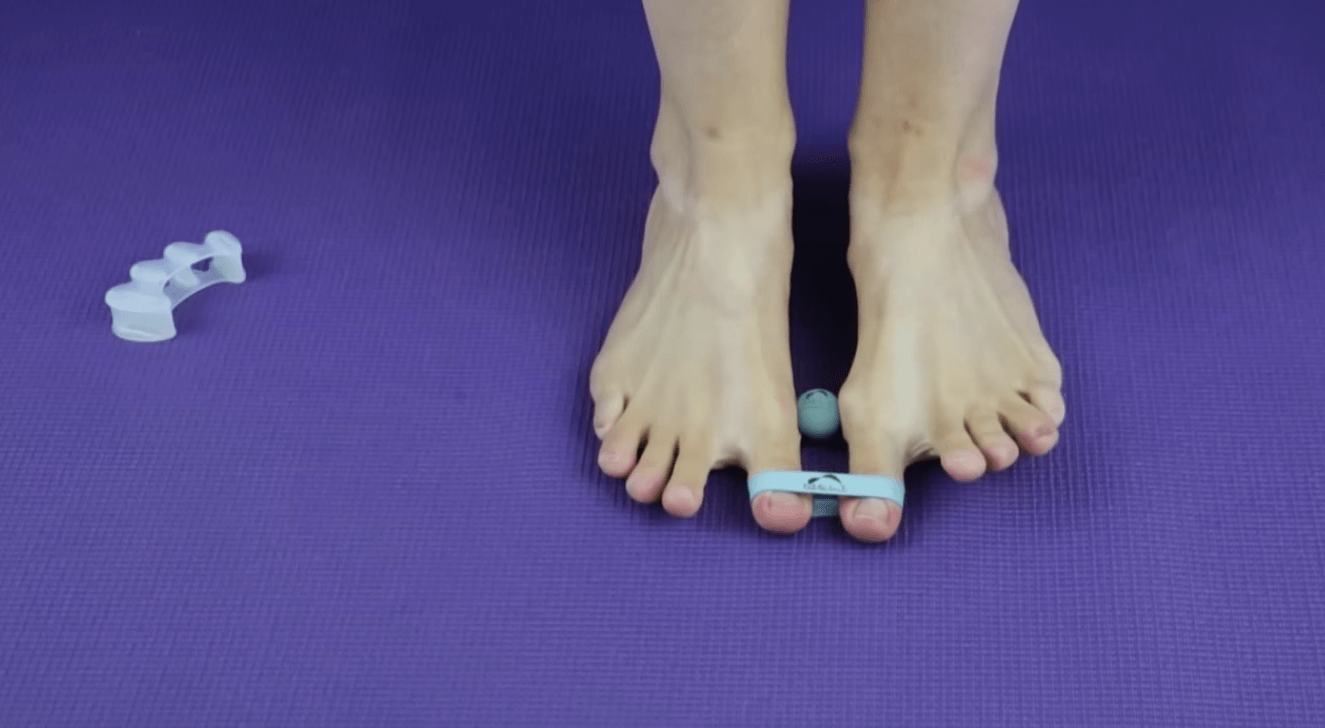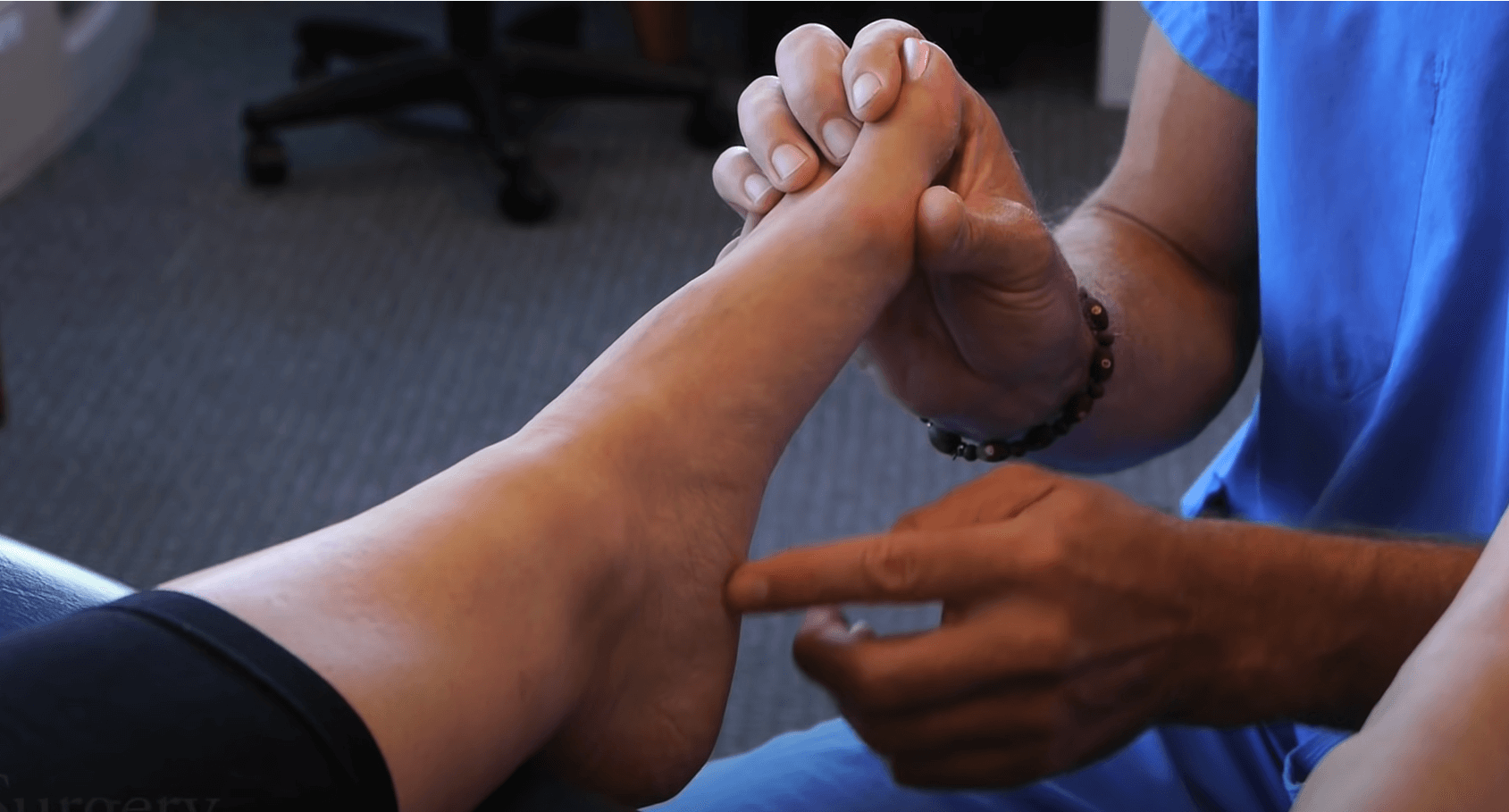How long does it take for toe separators to work? As with many aspects of foot health, the answer to this question is not straightforward and depends on various factors.
If you’re an athlete, someone struggling with foot pain, or just curious about the benefits of toe separators, you should keep reading.
In this article, we will explore the personal and product-related factors that influence the success of toe separators. We’ll dive into what you need to know to unleash the full potential of toe separators and get back in the game.
As Early As One Week
When used properly, toe separators can deliver some amazing results. In the first 1-2 weeks, expect improved foot and ankle stability due to improved structural alignment. Minor aches and pains may start to fade away within days or weeks, however, you expect some muscle and joint soreness as the toes adjust and previously inactive muscles become more engaged. But don’t worry, it’s a sign of progress!
Over the next few months to a year, you’ll start to experience enhanced toe dexterity, increased foot and toe muscle strength, and relief from more bothersome aches and pains. And with consistent use for years, many will be able to eventually see significant long-lasting changes in their foot strength and appearance, as well as relief from significant aches and pains.
Personal Factors That Affect Toe Alignment
The current health status of an individual’s feet plays a crucial role in estimating the timeline for foot and toe rehabilitation using toe separators. Feet with severe bunions, bunionettes, and hammertoe deformations will require more time to recover compared to feet with less severe problems.
Ideally, a healthy foot has all the toe bones in alignment with their respective foot bones. The greater the angulation between the toe and foot bones, the more corrective work is necessary to realign them.
Additionally, an individual’s foot health goals, whether focused on pain reduction, muscular development, or aesthetic improvements, will influence the target endpoint of the treatment.
Even if complete reversal isn’t always possible, you can still experience improved stability, reduced pain, and enhanced foot function. It’s all about setting realistic goals and having the patience and dedication necessary to achieve them.
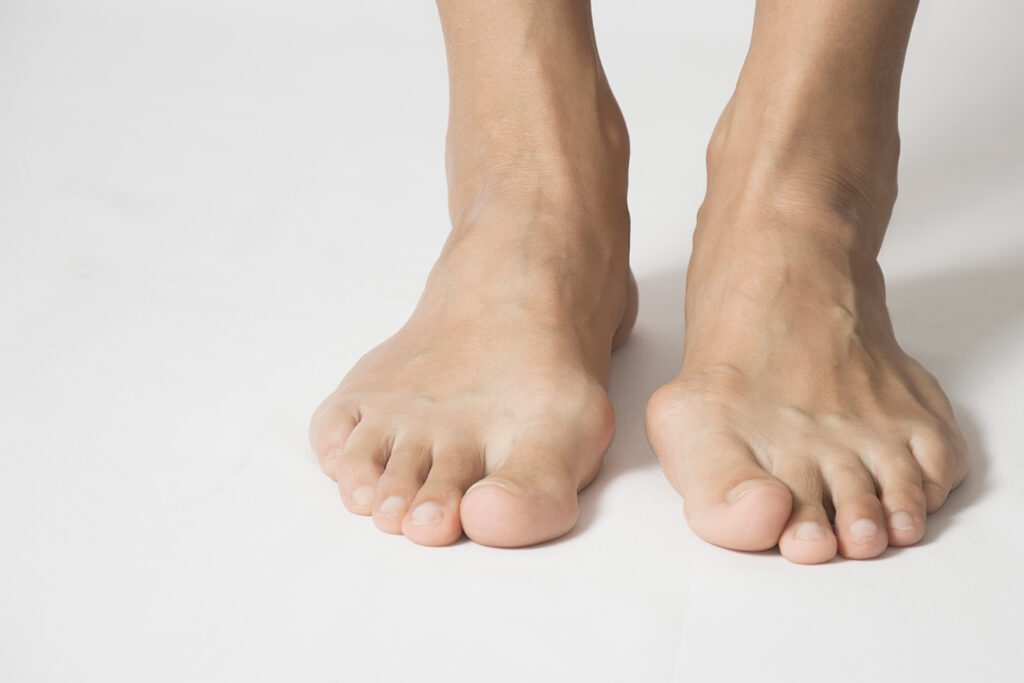
Genetics, age, and overall health also come into play. While bunions and similar toe deformations are not hereditary, the properties of the musculoskeletal system inherited from one’s genes can contribute to a predisposition for bunion formation. Factors such as ligament and muscle laxity, fascia elasticity, bone shape/size, and inherited gait patterns can impact the potential for bunion development.
Additionally, as we age, the body’s capacity to heal, repair, and rebuild itself slows down, necessitating a longer timeline for the feet to change. You can’t change your genetics or turn back the clock, but that doesn’t mean you can’t make progress. Age might slow things down a bit, but it won’t stop you from getting back on track.
Systemic diseases and body weight also influence the effectiveness of toe separators, making the path to recovery more challenging for individuals with conditions that affect the musculoskeletal system.
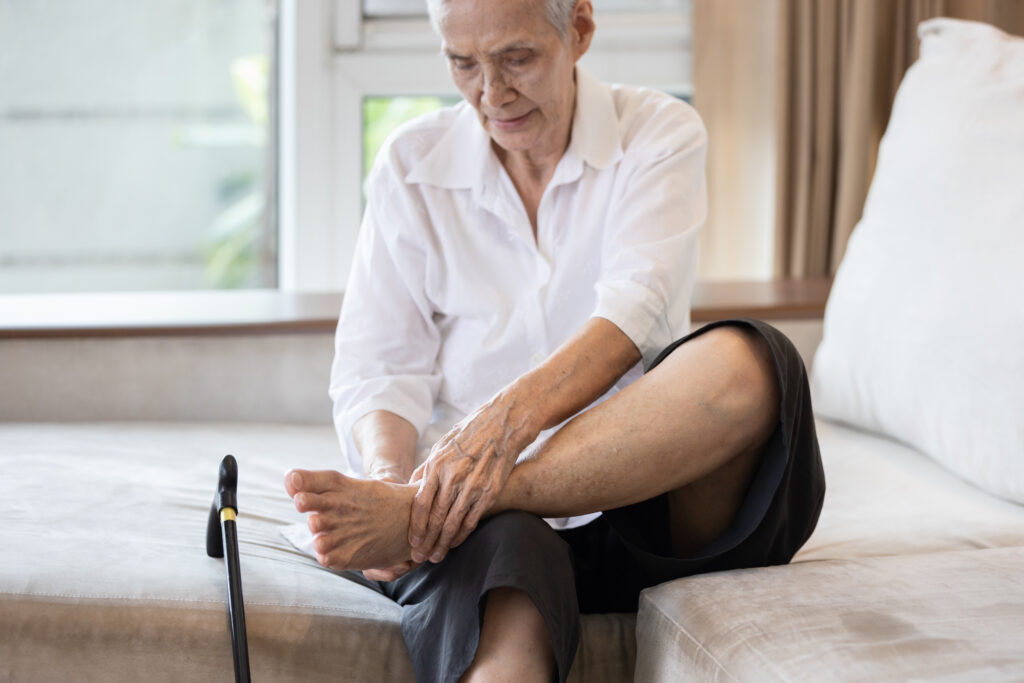
What to Look for in Toe Spacers
The choice of toe separators and their proper use are equally vital for successful outcomes. Not all toe separators are created equal, and considering certain product factors like qaulity of material is crucial. Look for toe separators made from high-quality, anti-microbial, medical-grade silicone.
Some toe separators made from softer silicone may be more elastic but too squishy, and they may lack the necessary strength to effectively counteract stubborn bunions. Correct Toes toe spacers, on the other hand, provide the perfect mix of resistance and comfort, giving you the best shot at success.
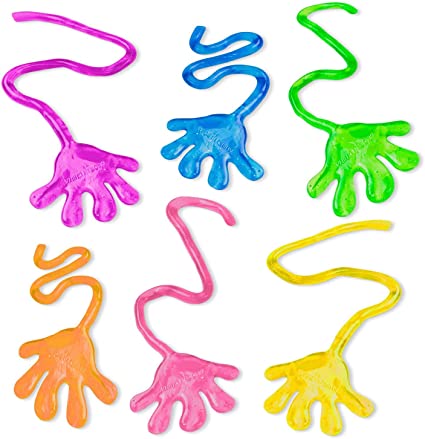
An anatomical fit is another critical aspect of toe separators. Correct Toes are designed with your unique feet in mind to anatomically space the toes in alignment with the foot bones, offering four different sizes that can be further customized for optimal results.
In contrast, other toe separators that are one-size-fits-all are not likely to align all toes properly, leading to potential harm rather than benefit.
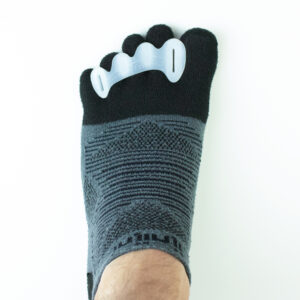
Success with toe separators also depends on how you use them and for how long. Consistent wear and engagement in weight-bearing activities while wearing the toe separators are key.
Start with 30 minutes a day and work your way up, gradually increasing wear time by 30 minutes per day and progressively engaging in weight-bearing activities like walking, running, hiking, yoga, or hitting the gym. Take it slow to start, but once you’re comfortable, the more you move, the faster you’ll see results.
It is important to note that toe separators may not be effective when worn with conventional shoes that have narrow, tapered toe boxes. So, choose shoes with a wide toe box that are compatible with toe separators and give your toes the space they need to spread out comfortably.
The Shoe Liner Test is a great way to evaluate footwear. Stand upon your shoe’s insole with toe separators on to see if that shoe’s toe box is wide enough to fit your toe separators.

Additional exercises can complement your toe separator journey. Some great mobility exercises include interlacing fingers between toes, the bunion stretch and soft tissue release, the toe extensor stretch, and rolling the bottom of the foot on a lacrosse ball.
And here are 5 foot strengthening exercises that pair well with toe separators. These exercises, combined with toe separators, can accelerate your progress and improve overall foot health.
Toe separators can be valuable tools in realigning and strengthening the feet, providing relief from foot discomfort, and contributing to overall foot health. However, success with toe separators requires dedication, patience, and consistent effort.
By considering personal factors such as foot health status, goals, genetics, age, and overall health, along with product factors like material quality and anatomical fit, individuals can make informed decisions and optimize their chances of achieving positive outcomes with toe separators.
Remember that the process of foot rehabilitation is gradual, and progress may vary, but by applying the insights shared in this article, individuals can tip the scales in favor of success.
Written by: Dr. Andrew Wojciechowski, ND
If you’re seeking more individualized foot health care and would like to work with Dr. Andrew directly, you can schedule at Northwest Foot and Ankle.
Schedule a virtual remote consultation with Dr. Andrew Wojciechowksi, ND.
Schedule an in-person appointment with Dr. Andrew Wojciechowski, ND at Northwest Foot & Ankle in Portland, OR.


